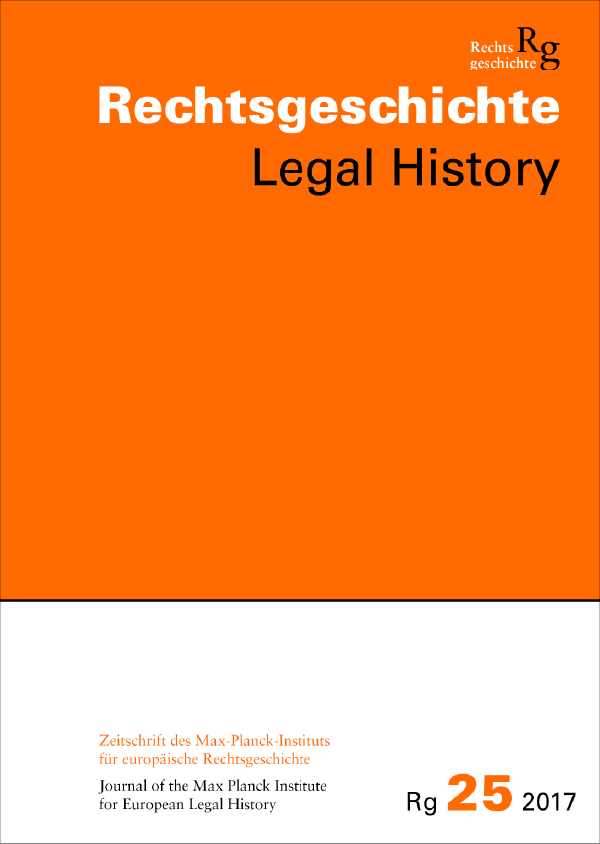Collaborative Legal Pluralism
Confessors as Law Enforcers in Mercado’s Advice on Economic Governance (1571)
DOI:
https://doi.org/10.12946/rg25/103-114Keywords:
legal pluralism, School of Salamanca, economic governance, market interventionism, conscienceAbstract
Legal pluralism calls into question the monopoly of the modern state when it comes to the production and the enforcement of norms. It rests on the assumption that juridical normativity and state organization can be dissociated. From an early modern historian’s perspective, such an assumption makes perfect sense, the plural nature of the legal order being the natural state of affairs in imperial spaces across the globe in the sixteenth and seventeenth centuries. This article will provide a case study of the collaborative nature of the interaction between spiritual and temporal legal orders in Spain and its overseas territories as conceived by Tomás de Mercado (ca. 1520–1575), a major theologian from the School of Salamanca. His treatise on trade and contracts (1571) contained an extended discussion of the government’s attempt to regulate the grain market by imposing a maximum price. It will be argued that Mercado’s view on the bindingness of economic regulations in conscience allowed for the internalization of the regulatory power of the nascent state. He called upon confessors to be strict enforcers of state law, considering them as fathers of the republic as much as fathers of faith. This is illustrative of the »collaborative form of legal pluralism« typical of the osmotic relationship between Church and State in the early modern Spanish empire. It contributed to the moral justification of state jurisdictions, while at the same time, guaranteeing a privileged role for theologians and religious leaders in running the affairs of the state.
Downloads
Published
How to Cite
Issue
Section
License
Copyright (c) 2017 Author

This work is licensed under a Creative Commons Attribution-NonCommercial-NoDerivatives 3.0 Unported License.





